-
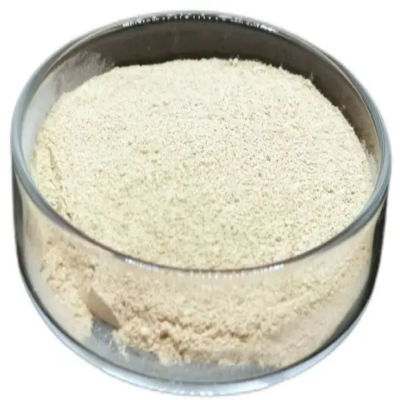
Potassium trifluoromethanesulfonate CAS:2926-27-4
Potassium trifluoromethanesulfonate, also known as trifluoromethanesulfonic acid potassium salt, is a notable chemical compound recognized for its crystalline solid form and specific chemical properties. It has the chemical formula CF3SO3K and is derived from trifluoromethanesulfonic acid through neutralization with potassium hydroxide. This alteration imparts distinct characteristics to potassium trifluoromethanesulfonate, making it valuable across various industrial applications. The compound is particularly esteemed for its role as a strong acid catalyst and phase-transfer catalyst in organic synthesis, owing to its high solubility in polar solvents and stability under rigorous reaction conditions.
-
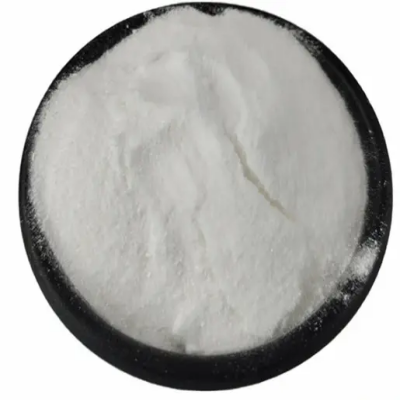
Trifluoroacetylacetone CAS:367-57-7
Trifluoroacetylacetone (TFAA) is a notable chemical compound recognized for its unique molecular structure and diverse applications across various industries. With the chemical formula C6H5F3O2, TFAA consists of a trifluoromethyl group (-CF3) attached to a diketone backbone. This compound is synthesized through the reaction of trifluoroacetic acid with acetylacetone, resulting in a stable, colorless liquid with distinctive chemical properties. TFAA is valued for its role as a versatile building block in organic synthesis and its applications in coordination chemistry, catalysis, and as a precursor in the production of specialized chemicals and materials requiring enhanced stability and functionality.
-

N(epsilon)-trifluoroacetyl-L-lysine CAS:10009-20-8
N(epsilon)-Trifluoroacetyl-L-lysine is a notable chemical compound recognized for its unique molecular structure and diverse applications across various industries. With the chemical structure C14H21F3N2O5, N(epsilon)-trifluoroacetyl-L-lysine is derived from lysine, an essential amino acid, with a trifluoroacetyl group (-CF3CO) attached to its epsilon amino group. This modification enhances its stability and alters its chemical properties, making it valuable in biochemical research, peptide synthesis, and pharmaceutical chemistry. N(epsilon)-Trifluoroacetyl-L-lysine is synthesized through the reaction of lysine with trifluoroacetic anhydride under controlled conditions, resulting in a crystalline solid with specific solubility characteristics.
-
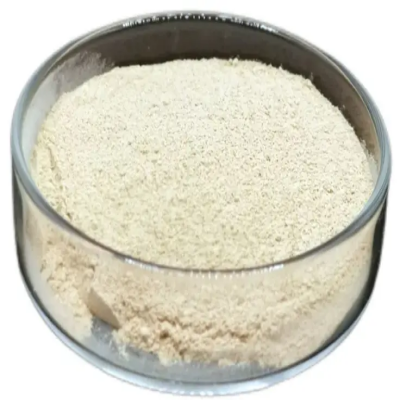
Ethyl 4,4-difluoro-3-oxobutyrate CAS:352-24-9
Ethyl 4,4-difluoro-3-oxobutyrate, also known as ethyl 4,4-difluoroacetoacetate, is a colorless liquid characterized by its fruity odor. With a chemical formula C6H7F2O3, it plays a significant role in various industrial applications, leveraging its distinct chemical properties.
-

ethyl 4,4,4-trifluoroacetoacetate CAS:372-31-6
Ethyl 4,4,4-trifluoroacetoacetate is an organic compound recognized for its colorless liquid form and sharp, fruity odor. It bears the chemical formula C6H6F3O3 and is derived from 4,4,4-trifluoroacetoacetic acid by substituting one hydrogen atom with an ethyl group (-C2H5). This modification imparts unique properties to ethyl 4,4,4-trifluoroacetoacetate, making it valuable in various industrial applications. The compound is particularly esteemed for its role in fragrance formulations and as a key intermediate in the synthesis of pharmaceuticals and agrochemicals, owing to its specific chemical reactivity and stability.
-
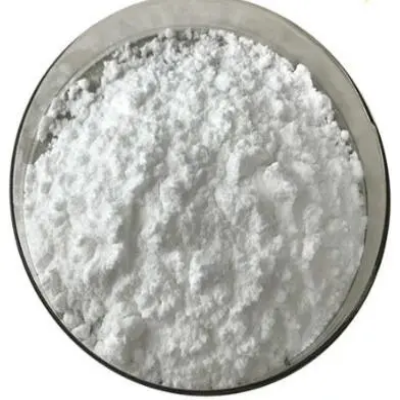
N-methyl-2,2,2-trifluoroacetamide CAS:815-06-5
N-Methyl-2,2,2-trifluoroacetamide (NMTFA) is a notable chemical compound recognized for its unique molecular structure and diverse applications across various industries. With the chemical formula CF3CONHCH3, NMTFA consists of a trifluoromethyl group (-CF3) attached to an acetamide backbone (-CONHCH3). This compound is synthesized through the reaction of trifluoroacetic acid with methylamine, resulting in a crystalline solid with a characteristic odor. NMTFA is valued for its role as a versatile building block in organic synthesis, pharmaceutical chemistry, and as a reagent in the production of specialized chemicals and materials requiring enhanced stability and functionality.
-
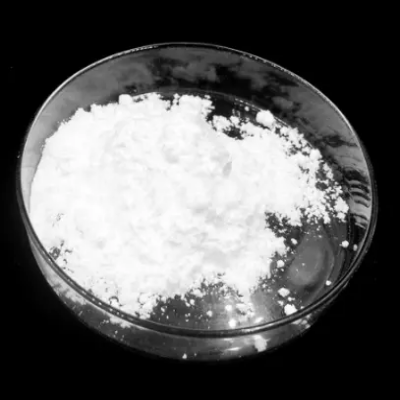
N-methyl-2,2,2-trifluoroacetamide CAS:815-06-5
N-Methyl-2,2,2-trifluoroacetamide (NMTFA) is a notable chemical compound recognized for its unique molecular structure and diverse applications across various industries. With the chemical formula CF3CONHCH3, NMTFA consists of a trifluoromethyl group (-CF3) attached to an acetamide backbone (-CONHCH3). This compound is synthesized through the reaction of trifluoroacetic acid with methylamine, resulting in a crystalline solid with a characteristic odor. NMTFA is valued for its role as a versatile building block in organic synthesis, pharmaceutical chemistry, and as a reagent in the production of specialized chemicals and materials requiring enhanced stability and functionality.
-
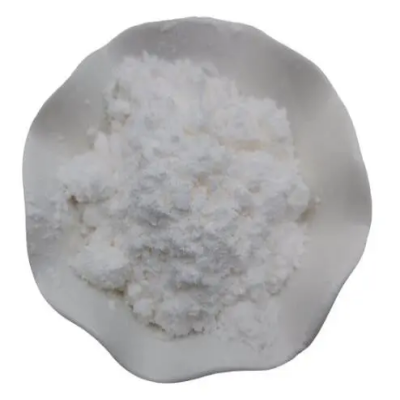
2-Bromo-2-(2-fluorophenyl)-1-cyclopropylethanone CAS:204205-33-4
2-Bromo-2-(2-fluorophenyl)-1-cyclopropylethanone is an organic compound with the form C10H8BrFO, a halogenic ketone compound with important structural and chemical properties.
-

ETHYL 2-METHYL-4,4,4-TRIFLUOROACETOACETATE CAS:344-00-3
Ethyl 2-methyl-4,4,4-trifluoroacetoacetate (EMTFA) is a significant chemical compound known for its distinct molecular structure and versatile applications in various industries. With the chemical formula C8H11F3O4, EMTFA features a trifluoromethyl group (-CF3) attached to a β-keto ester backbone, alongside an ethyl ester functionality. This compound is synthesized through the Claisen condensation reaction of ethyl trifluoroacetate with methyl acetate, followed by subsequent esterification under controlled conditions. EMTFA appears as a clear, colorless liquid with unique chemical properties that make it valuable in organic synthesis, pharmaceutical chemistry, and as a key intermediate for producing specialized chemicals and materials requiring enhanced stability and functionality.
-

trifluoroethyl methacrylate CAS:352-87-4
Trifluoroethyl methacrylate (TFEMA) is a notable chemical compound valued for its unique molecular structure and versatile applications across various industries. With the chemical formula C8H9F3O2, TFEMA combines a methacrylate backbone with a trifluoroethyl group (-CF3CH2) substitution. This compound is synthesized through the esterification reaction of methacrylic acid with trifluoroethanol, resulting in a clear, colorless liquid with distinctive chemical properties. TFEMA is highly regarded for its role as a reactive monomer in polymer chemistry, where its fluorinated moiety enhances material properties such as hydrophobicity, chemical resistance, and thermal stability.
-
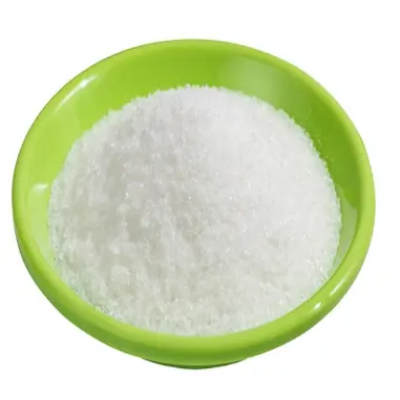
Cyclohexanemethanol CAS:100-49-2
Cyclohexanemethanol, also known as cyclohexylmethanol, is a colorless liquid alcohol with a faint minty odor. It has the chemical formula C7H14O and is derived from cyclohexane by substituting one hydrogen atom with a hydroxyl group (-OH). This structural modification imbues cyclohexanemethanol with unique properties that find application across different industries. The compound is notably used in fragrance formulations, as well as in the synthesis of pharmaceuticals and other organic compounds due to its versatile chemical reactivity.
-
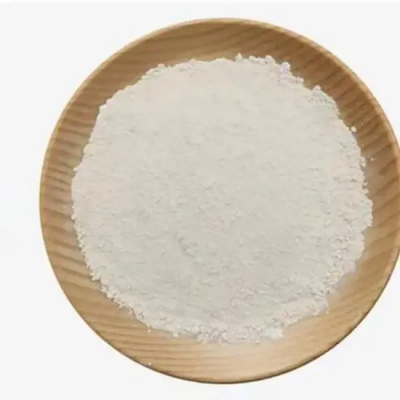
Trifluoromethanesulfonic anhydride CAS:358-23-6
Trifluoromethanesulfonic anhydride (Tf2O) is a potent chemical reagent known for its robust reactivity and versatile applications in organic synthesis and chemical transformations. With the chemical formula (CF3SO2)2O, Tf2O consists of two trifluoromethanesulfonyl groups linked by an oxygen atom, forming a highly reactive anhydride structure. This compound is synthesized through the reaction of trifluoromethanesulfonic acid with acetic anhydride under controlled conditions, resulting in a clear, colorless liquid with powerful acidic properties. Tf2O is valued for its role as a strong electrophilic reagent capable of activating organic molecules, facilitating various synthetic processes across pharmaceuticals, polymers, and fine chemicals industries.

